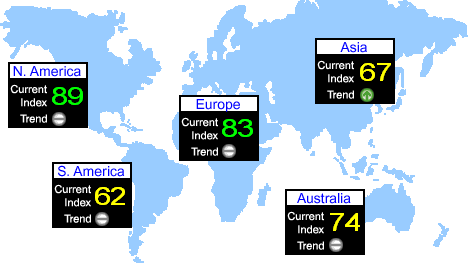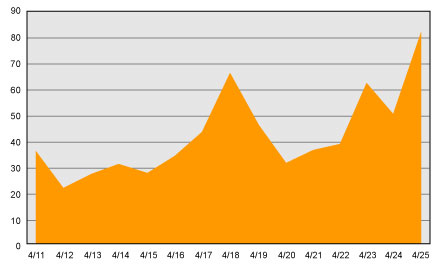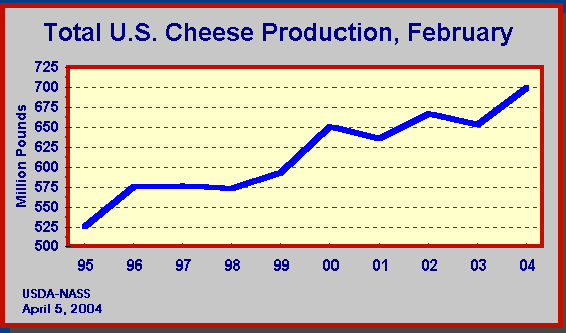 |
Estimating the safety and
studying the economics of nuclear
power plants and alternative energy sources (at a utility company,
research laboratory, the Nuclear Regulatory commission, or the
Department of Energy)
|

|
Human Brain Mapping and Neuroimaging Research are new
multidisciplinary fields that demand novel statistical models and
analytic tools for quantifying disease, temporal, age, genotypic and
neurophysiological variation in the brain anatomy and function.
|

|
Evaluating the
environmental impact of air, water, and soil pollutants (at a research
laboratory, commercial environmental clean-up firm, or the
Environmental Protection Agency)
|

|
Designing and analyzing
studies to determine if new drugs
and medical devices are safe and effective (at a pharmaceutical
company, medical research center, or the Food and Drug Administration) |

|
Estimating the unemployment rate in the United
States (at the Bureau of Labor Statistics) |

|
Statistical Modeling of Network load, bandwith,
saturation and information flow (e.g., the Internet)
|

|
Analyzing consumer demand for
products and services (at a consumer marketing firm, corporation, or
consulting firm) |

|
Designing studies for and
analyzing data from agricultural
experiments to increase productivity and yield (at an agricultural
college or agribusiness corporation) |

|
Helping scientists and
future scientists collect and analyze data to create information and
develop new statistical methodology
(at a university statistics, mathematics, biostatistics, business,
ecology, or psychology department) |


